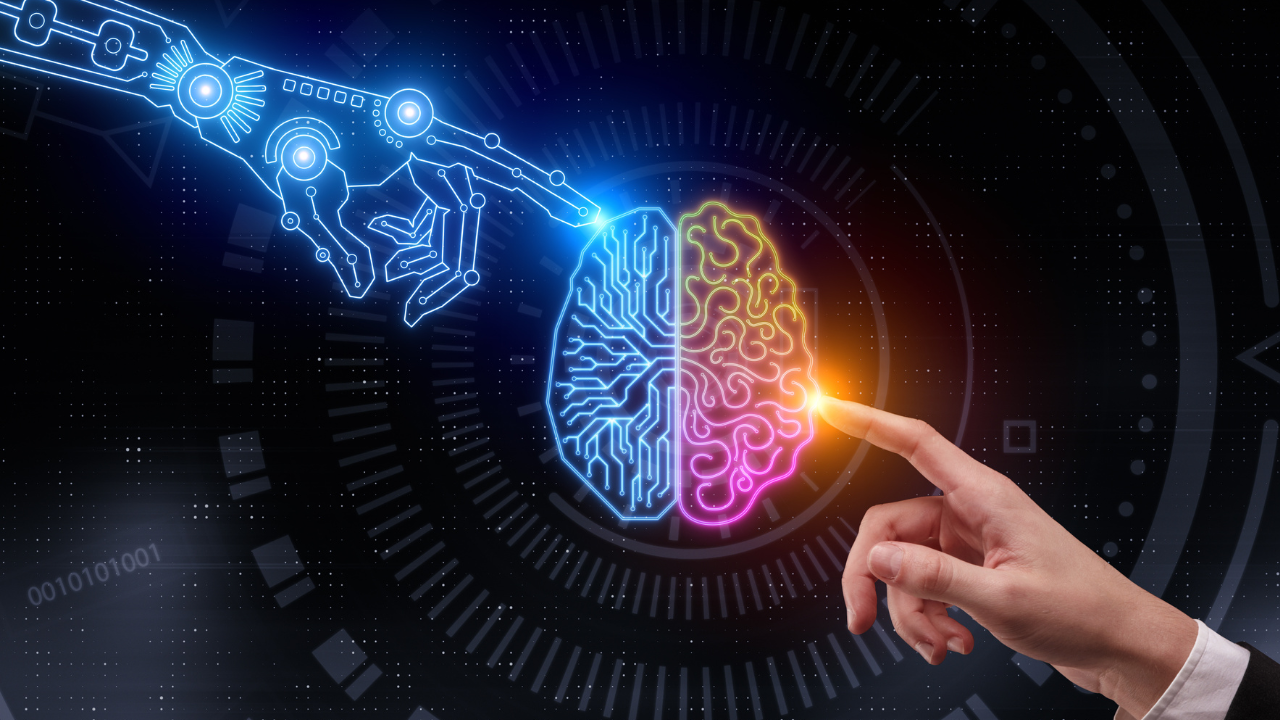AI to Impact Clinical Trials and Manufacturing in Life Sciences
Artificial intelligence may find a home in clinical trials and manufacturing in the coming years, but privacy, cyber security, and determining who owns the intellectual properties could pose challenges.
Artificial intelligence and future concept | Image Credit: © peshkova - stock.adobe.com

Artificial intelligence (AI) is everywhere now, even in the life sciences sector. How could AI help in something that, by name, studies living things? It is being adopted in all aspects of the life sciences life cycle—from R&D to manufacturing to supply chain and commercialization.
In the lab and clinic, the data gathered from AI has led to enhanced and accelerated drug discovery, molecular research, and clinical trials; greater personalization of drug and healthcare regimes; better analysis of patient feedback; automation of processing patient reactions data; and greater output of genomic data, making genetic sequencing more cost effective each year. Put simply, scientists are learning more, faster.
AI in clinical trials
Maybe most surprising is the concept of in silico clinical trials. In silico, or by computer modeling and/or simulation, does not require living cohorts for testing. There are several benefits to this—the biggest being cost savings.
Taylor Stucky, Associate Research Director, CBRE

Not only do trials take less time to complete in silico, but the resources needed are substantially less. This speeds up the entire process. Recruiting patients can be time extensive and drop-out rates can delay or end trials prematurely. A computer model patient won’t drop out of your study or reschedule an appointment. Additionally, computer modeling eliminates selection bias and general human error.
Even before a study gets to clinical trial, modeling can help predict potential issues. For example, in drug development, a model can help predict if there will be a toxicity issue. Historically, this often wasn’t known until years into drug development and in vivo—or live subject—trials, leading to a loss of countless hours, resources, and dollars.
Still, it’s not certain yet if a computer model can predict if a drug is going to cause cancer down the road. That is not a risk that can be taken. For this reason, in many cases in silico cannot replace classic clinical studies, but it can be a good partner to them, cutting down on the number of living organisms (mouse, human, or other) needed to prove safety and efficacy.
AI in manufacturing
Outside of the lab, AI is in the beginning stages of being used to streamline biopharma manufacturing. AI in biopharma manufacturing analyzes process data to generate new insights for greater efficiency and safety. This helps to predict roadblocks and to identify quality control issues. Manufacturers are able to study their processes to create better, more reliable, repeatable, sustainable, and efficient systems. So again, learning more, faster.
Since the pandemic, the world of cell and gene therapies has boomed. In general, the manufacturing process for cell therapies is still very manual. With continuous manufacturing and increasing use of AI in the platform, this process could be substantially automated within the decade. This would mean more personalized medicine, more diseases treated, and treatment of a larger population. According to a 2021 survey by Deloitte, in manufacturing, 75% of life sciences leaders say AI is a priority investment in the next five years.1
For example, Pow.bio, a Berkeley biotech, realized that the demand is 1,000 times greater than the supply for biomanufacturing. Simply increasing facilities would not accommodate that demand. Using AI in partnership with their continuous fermentation platform, Pow.bio is moving towards optimized and automated fermentation, making it both cost-effective and streamlined.
Future roadblocks and considerations
AI is a critical component of the life sciences industry and is expected to transform the way the industry operates within a decade. However, a major risk with AI is privacy and cybersecurity. And a major challenge of AI going forward is that employers working with it will need employees with data science and cybersecurity skills. Guidelines around using AI in the life sciences industry are still elementary. FDA has begun to get involved and plans to gather public commentary on the use of AI in biopharma manufacturing, and Congress is in the very early stages of AI-focused legislation. Additionally, AI brings up new questions, including who owns the patents on AI-developed drugs.
Despite the risks, the AI market in life sciences continues to grow. According to Precedence Research, as of 2021, the market was around $1.3 billion. This year, it is expected to be closer to $2 billion, and by 2030, nearly $7 billion.2
The sector is getting on board. Biofoundries, integrated molecular biology facilities that provide automation and analytics infrastructure to support the engineering of biological systems,3 are popping up, allowing automated, high-throughput testing of biological systems. As technology catches up with the vision established by these biofoundries, mass quantities of data are being generated and put to use. This system has already been used to improve enzymes and other genetic pieces. In biomanufacturing, the Agile BioFoundry is employing machine learning to find new biomanufacturing processes with the goal of halving the time it takes to scale up a bioprocess.
With the use of AI in the lab and clinic, biomanufacturing, and synthetic bio, there is abundant opportunity ahead for AI in the life sciences sector.
References
- Kudumala, A.; Konersmann, T.; Israel, A.; et al., Biopharma Digital Transformation: Gain an Edge with Leapfrog Digital Innovation, Deloitte Insights, 2021, https://www2.deloitte.com/content/dam/Deloitte/it/Documents/life-sciences-health-care/DI_Life_sciences_digital_innovation.pdf
- Precedence Research, “Artificial Intelligence (AI) in Life Sciences Market Size, Report 2022 – 2030,” June 2022, https://www.precedenceresearch.com/artificial-intelligence-in-life-sciences-market
- Holowko, M. B.; Frow, E. K.; Reid, J. C.; et al. Building a Biofoundry. Synthetic Biology. 2021. DOI: 10.1093/synbio/ysaa026 (accessed July 2023).
Taylor Stucky is an associate research director at CBRE, a commercial real estate services company. She specializes in research about the life sciences sector.
The Misinformation Maze: Navigating Public Health in the Digital Age
March 11th 2025Jennifer Butler, chief commercial officer of Pleio, discusses misinformation's threat to public health, where patients are turning for trustworthy health information, the industry's pivot to peer-to-patient strategies to educate patients, and more.
Navigating Distrust: Pharma in the Age of Social Media
February 18th 2025Ian Baer, Founder and CEO of Sooth, discusses how the growing distrust in social media will impact industry marketing strategies and the relationships between pharmaceutical companies and the patients they aim to serve. He also explains dark social, how to combat misinformation, closing the trust gap, and more.
Is Artificial Intelligence a ‘Product’? Products Liability Implications for AI-Based Products
April 10th 2025As the physical products we use evolve to become increasingly complex, traditional products liability frameworks may not always fit to provide remedies for harm that can result from using novel product types.